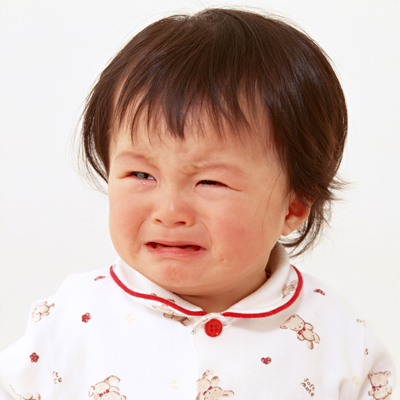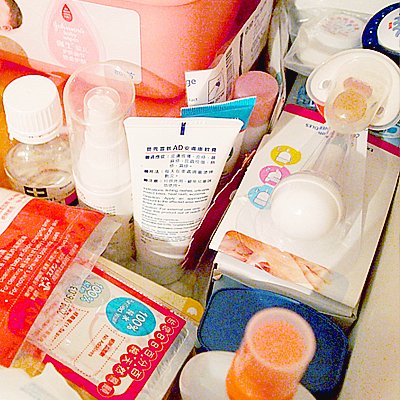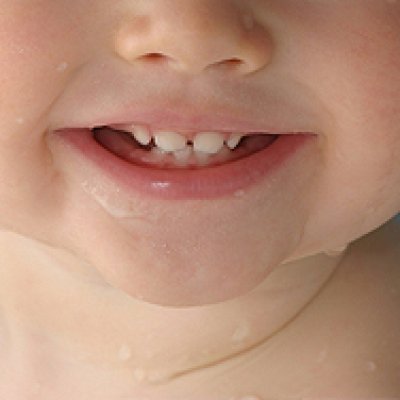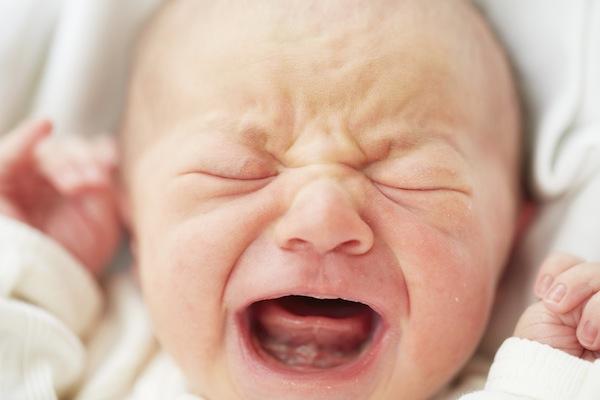Half of Hong Kong’s Preschoolers Have Tooth Decay
Roughly one half of Hong Kong’s preschool children show signs of tooth decay (dental caries) and nearly all of these children have untreated decay, a team of HKU dentists has reported in the journal BMC Public Health. In the past 10 years, there has been no significant improvement in their access to and use of proper dental care services. Besides, snacking frequency, dental visits, parents’ oral health knowledge, and family income which are the most important factors affecting the preschoolers’ dental health. Studying a representative sample of preschoolers aged 4 to 6 years, the team found that the average number of teeth affected by decay—that is, teeth that had untreated decay, or were missing or filled owing to decay—was about 2 per child. Most of the affected teeth contained untreated cavities, known to eventually lead to pain, tooth infection, and even infection of other parts of the body.
The study was performed in 2009, and the children (373 boys and 327 girls) came from the last 2 years of 7 randomly selected kindergartens. Their average age was 5.3 years. Two trained dentists checked the children’s oral health status, while the parents completed questionnaires on the children’s oral health–related habits. Overall, 49% of the 700 children showed signs of past or current tooth decay. Boys and girls had similar counts of decayed, missing, or filled teeth (2.4 and 2.1, respectively). On average, each child had a total of 2.2 affected teeth. The average number of teeth with cavities that remained untreated was 2.1 per child, representing more than 95% of the affected teeth and leading the researchers to conclude: “Dental caries is common among the preschool children in Hong Kong, with around half of them having untreated carious teeth”. Tooth decay was more frequent as children got older, increasing from 41% at age 4, to 48% at age 5, and 64% at age 6, and indicating “a need to implement dental caries prevention measures at an early age and to reinforce them continuously”, the study team advises. Furthermore, the number of teeth affected by decay was higher among children who had been born in mainland China than among local-borns (3.5 versus 2.2 per child). Noting that immigration of mainland-born children has recently surged, the team warns “it is likely that the dental caries situation of the preschool children in Hong Kong will become worse if no actions are taken”. More Efficiency: Diminish Snacking & Brush Tooth Signs of tooth decay are less common if children will snack only a maximum of once a day or had started brushing teeth by 1 year of age, demonstrating the importance of controlling snacking and promoting tooth brushing early. In contrast, children who had visited a dentist had more teeth affected by decay than those who had not, because children are usually taken to a dentist only when they have a dental problem, the authors suggest. This situation reflects parents’ treatment-seeking behaviour rather than a preventive approach, and hence the need to encourage early and routine dental visits and to start “a public or a subsidized dental service for the preschool children in Hong Kong”. Many parental characteristics that were studied were associated with past or current tooth decay in preschoolers. Poorer dental health was linked to poorer parental dental knowledge, lower family income, lower paternal and maternal education levels, coming from a single-parent family, and not having a domestic helper in the household. Statistical tests revealed that the most important factors affecting the preschoolers’ dental health were snacking frequency, dental visits, parents’ oral health knowledge, and family income. An implication of the study is that oral health promotion in kindergartens requires the involvement of not only the children, but also their parents and teachers, the authors point out. Furthermore, they add, the findings reflect social inequality in oral health, which needs to be tackled jointly by the government and dental profession, such as by offering more oral health campaigns and services targeted at underprivileged young children. (Photo retrieved from the Internet)
|
|





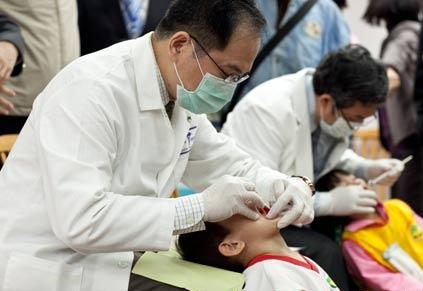 Mainland China-born Children More Dental Problems
Mainland China-born Children More Dental Problems


